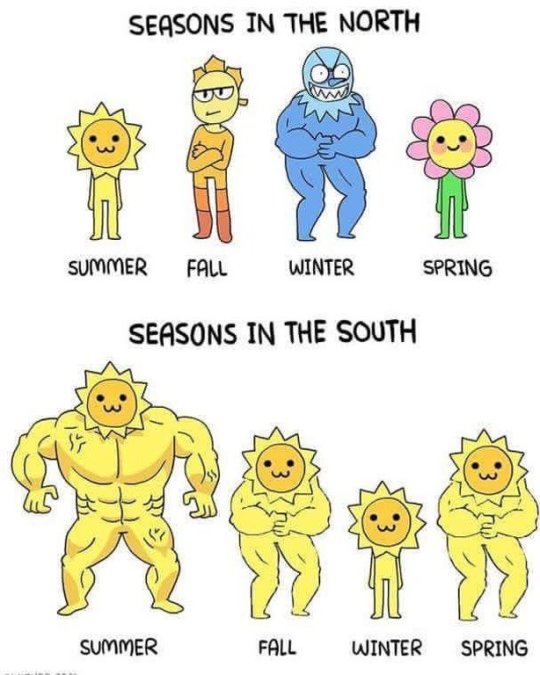#Horae
Text

Eirene and Dike
No Peace without Justice
#greek mythology#greek pantheon#Dike#eirene#greek goddess#Themis#Horae#goddess of justice#goddess of peace
772 notes
·
View notes
Text
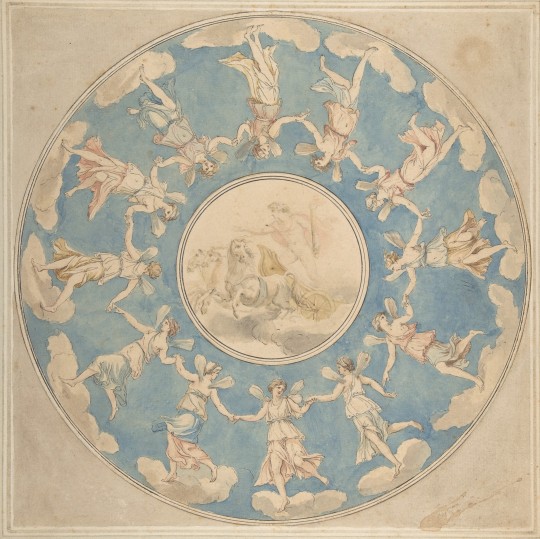
Design for a Ceiling: Apollo and the Hours by Angelica Kauffmann
Swiss, 18th or early 19th century
black ink, gray ink, brown wash, and watercolor, over black chalk
Metropolitan Museum of Art
#neoclassicism#art#mythology#Apollo#Hours#Horae#Angelica Kauffmann#Angelica Kauffman#Swiss#watercolor#pen and ink#chalk#Metropolitan Museum of Art
475 notes
·
View notes
Text
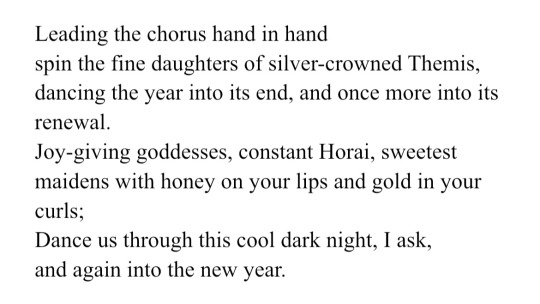
(1 January 2024)
61 notes
·
View notes
Text

The Birth of Venus by Sandro Botticelli
#sandro botticelli#art#birth#venus#renaissance#florence#uffizi#italy#europe#european#italian#classical mythology#gods#mythology#mythological#zephyrus#aura#horae#godesses#zephyr#chloris#greek mythology#roman mythology#goddess#shell#cloak#wings
212 notes
·
View notes
Text
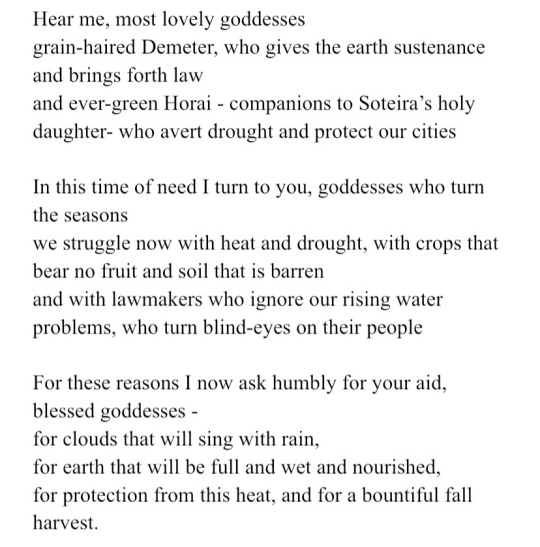
small prayer to Demeter and the Horai, for the Adeia
(3 September 2022)
#posting from mobile so sorry if the formatting is off#personal#Demeter deity#Horai#Horae#Demeter#helpol#my poetry
334 notes
·
View notes
Text
Karpo Deity Guide

Who is Karpo?
Seen as somewhat of a minor deity in mythos, Karpo (Καρπω) , also written as Carpo, is the Greek goddess or one of the Horae—goddesses of the seasons—representing Autumn and harvest. The ancients had varying ideas of the seasons and these ideas would change depending on where, when, and who you asked.
In some places, there were three seasons, and so there were three Horae. In other places, there were only two, and in others, there were four or five.
Despite being a minor deity in mythology, Karpo (along with the other Horae) had some big jobs to do. Horae were in charge of guarding Olympus, helping Helios, protecting young humans and newborn gods, as well as running the passage of time and ripening fruit!
Parents and Siblings
For parentage, there are two main pairings I’ve found:
Zeus and Themis (Hesiod)
Helios and Selene (Later in Roman myth)
For siblings the list could go on forever, as this list would change depending on the parents. Instead, I’ll list the other Horae:
Auxo
Thallo
(Originally the three seasons’ goddesses were the Auxo, Thallo, and Carpo. Later other Horae were added)
Lovers or Partners
None listed
Children
None listed
Epithets
Phthinoporon (a later iteration of the goddess of Autumn, who some say is the same as Karpo)
The Bringer of Food/Fruits
Damia (possibly)
Notes
Karpo comes from the Greek Karpos meaning “fruit” but her name could also mean “harvest” in the context of the Horae.
The Horae were mostly worshipped by farmers.
It’s possible the name Karpo started as an epithet of Demeter.
Karpo is also described as also having been a Charity by Pausanias
I have found one mention of a festival—Horaea, with no date or timeframe given.
The Horae were often found in the company of Aphrodite, the Muses, and Apollo.
Karpo specifically has been associated with Dionysus, Persephone, Hera, and Pan.
In early Athens, only Karpo and Thallo were worshipped. They were also worshipped at Argos, Corinth, and Olympia.
The Horae are also seen as protectresses of newborn gods and of youths and as such were mentioned in the oaths that Athenian youths would make in the temple of Agraulos
They are depicted as young maidens, often dressed lightly and covered in flowers. The Horae are pleasant and kind towards humans, neutral at worst.
Modern Deity Work
Not much is known about how the Horae were worshipped, so I have done my best to find some traditional offerings and correspondences as well as modern ones.
Correspondences
Rocks/Stone/Crystals
Gold, Carnelian
Herbs/Plants
Grapes
Most fruits but especially those from Ancient Greece such as pomegranates, raisins, and figs.
Olives
Animals
Hare
Lizard
Offerings
Wine
Grapes
Olives, olive oil
Flowers (+ flower garlands, flower crowns)
Honey
Jewelry
Acts of Devotion
Work in a garden or tend to plants
Appreciate the passage of time
Celebrate annual festivals or holidays related to the passage of time
References and Further Reading
History Cooperative - Horae
Theoi Project - Karpo
Theoi Project - Horai
Ancient-greece.org - Horae
World History - Horae
Hellenica World - Horae
24 notes
·
View notes
Text
New Demigod Cabin: The Horae (Seasons)






Greek mythology refers to multiple groups as Horae, a name associated with the passage of time. The main triad consists of Thallo or Thalatte(Spring), Auxo or Auxesia (Summer), and Carpo (Autumn). As goddesses of the seasons they are closely associated with agriculture and often accompany Persephone. The Horae are also associated with flowers and beauty and in ancient times were sometimes conflated with the Charites. Both groups are part of the retinue of Aphrodite, who is described as wearing clothes made by them. In art, the Horae are often joined by Chione, the snow goddess daughter of Boreas (god of the cold north wind) and Orithyia (mountain winds), who represents winter.
The Horae's cabin is essentially three connected cabins radiating from a small atrium. Each section is themed around a specific season, and the room temperatures are all separate and don't mingle. There are lots of scented candles and sticks of incense with smells associated with the different seasons. In the atrium are an ice-cream cooler and snack bin filled with goodies that are limited-time seasonal flavors like pumpkin, peppermint, and smores.
In fights demigod children of the Horae can use nature and the air around them to induce a strong allergy attack, making it difficult for their opponents to focus and coordinate. The more dust and pollen there are in the air, the stronger the attack is. A Horae demigod's powers are also amplified during the season their mother is associated with. But seasons are determined by the sun and its position in relation to earth, so these demigods are weakest during the night, in the underground, or indoors with no natural light.
Historical Demigods
Thallo: Antonio Vivaldi, Rachel Carson
Auxo: Spyridon Louis, Cleveland Abbe, Calvin Coolidge
Carpo: Bela Lugosi, Stepheno Martinelli
Cabin Members
Thallo: April Lush, Eva Springer, Vernon Mayfield
Auxo: Rosalia Bolivar, June and Austin Summers, Augustin Verano
Carpo: Sadie Akiyama, Ash and Oakley Erikson
#camp half blood#percy jackon and the olympians#percy jackson cabins#percy jackson fanfiction#percy jackson new cabins#pjo#pjo aesthetic#pjo cabins#pjo fanfiction#pjo moodboard#horae#carp#auxo#thallo#auxesia#thalatte#seasons
2 notes
·
View notes
Text

Casi un alebrije.
2 notes
·
View notes
Text
"Then, as he [Paris] stumbled down through Ida's brakes, where Doom on his death-path was leading him painfully halting, racked with heart-sick pain, Hera beheld him, with rejoicing soul throned in the Olympian palace-court of Zeus. And seated at her side were handmaids four whom radiant-faced Selene bare to the Sun to be unwearying ministers in Heaven, in form and office diverse each from each; for of these Seasons one was summer's queen, and one of winter and his stormy star, of spring the third, of autumn-tide the fourth. So in four portions parted is man's year ruled by these Queens in turn -- but of all this be Zeus himself the Overseer in heaven." - Quintus Smyrnaeus, The Fall of Troy
4 notes
·
View notes
Text
Hera is the play of sunlight across the sky. The long Hours skip over the horizon, their pretty skirts flashing muted splashes of colour as they leap and twirl. All the space of the heavens blushing her rosy glow as she wakes from slumber.
At dusk, she comes alive.
Those flighty nymphs of the eastern orchard lead the way, their golden fruit an inspiration for the molten glow that streaks the afternoon sky. Like so many flowers in the fields and forests, the heavens are stained with orange and red and a fiery light that makes me weep. Until the goddesses lay down their weary heads upon the horizon, the glorious purple of their gowns fluttering slowly into place as far as the eye can see.
Others sing songs of the sun, I delight in the blooming colours of our vast skies.
10 notes
·
View notes
Text
Sun In Taurus II - the Horae
The Horae, or 'seasons', rule the next ten days starting tomorrow at 10:35 am EDT — However you think about time, whether in days or weeks or hours... lengthen your perspective; consider who you want to be when autumn comes... #astrology #decans #taurusII
The Sun enters Taurus II The Lingam Yoni, on April 30, 2023 at 10:35 am EDT — the region of the sky that the Hellenistic era associated with the Horae or “hours”, the spirits of the seasons and the changes of time that bring about shifting weather conditions from snow to rain to sun; shifts in plant behavior, from leaf to flower to fruit; and shifts in animal behavior from shelter to adventure.…
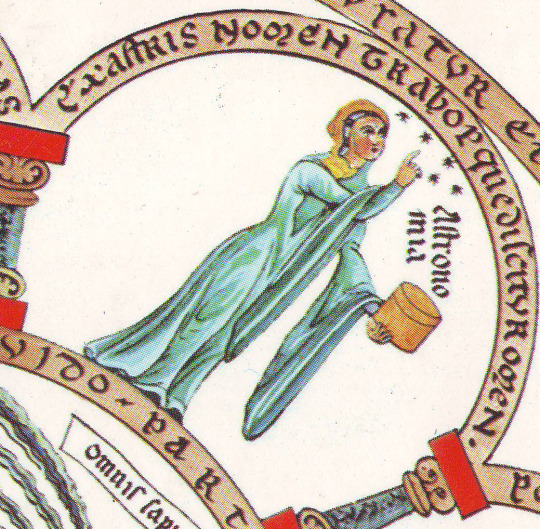
View On WordPress
#"the Hours"#astrology#Horae#Lingam-Yoni#Taurus#taurus II#Taurus II 2023#the Horae#The Moon
3 notes
·
View notes
Photo
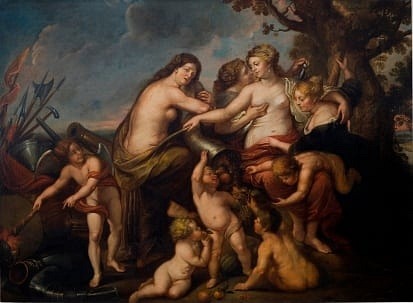
Heures
Les Heures (Hôrai en grec, Horae en latin) étaient la personnification et les déesses des saisons et des heures et, plus tard, étaient considérées comme des déesses de l'ordre et de la justice dans la mythologie grecque. Elles étaient les filles de Zeus et de la Titanide Thémis et étaient généralement au nombre de trois. Cependant, leur nom et leur nombre diffèrent selon les sources.
Lire la suite...
3 notes
·
View notes
Text
Anatole, Horae and Goddess of Sunrise
How many early risers are there at camp? You have the Apollo kids, Anatole kids.
Anatole’s kids are noted for having dark hair and getting up exactly at sunrise. They are utterly insensible before. They, much like the Apollo kids, can look at the sun directly and be fine. They can also tell you exactly when sunrise will be on any given day, and always know where east is.
https://www.pinterest.com/roseunspindle/camp-half-blood/cabin-46-not-canon-anatole/
2 notes
·
View notes
Text
Horae
Horae (or Horai) are the seasons of Hellenism. They are often seen as a group of three goddesses, however in reality there are many variations on which goddesses they are, or even if they are epithets of each other.
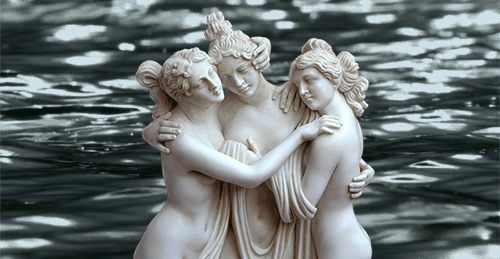
Most commonly the three Seasons are seen as Dike (personification and goddess of divine justice), Eunomia (goddess of good order and lawful conduct), and Eirene (goddess of peace). This, however, is their later interpretation. Slowly across the Classical and Hellenistic Periods the Horae changed from season deities to goddesses of order and justice.
So while Lady Dike, Lady Eunomia and Lady Eirene are correctly the Horae, they are also correctly Thallo (goddess of "green-shoots" and blooming), Auxo (goddess of vegetation and growth at full bloom), and Karpo (goddess of ripening plants and fruits of the earth).
It's good to note that each Goddess here is also a Daimon, a personification, of their respected rulings. For example, you may find confusion while speaking of Karpo as the personification of Autumn, due to her also being the goddess of ripe fruit. This could easily be meshed in one's mind with Lady Demeter, goddess of the Harvest, who is commonly associated with autumn. However, Lady Demeter is not a personification, and is an Olympian Deity, marking her vastly different from Lady Karpo as the Daimon and Goddess of Autumn itself.

In the Iliad, the Horae were keepers of Zeus's gate on Olympus. This is thought to be their earliest written record. Here the Horae were said to be born of Zeus and Themis, meaning they would be the later goddesses.
Primarily, the earlier variation of the goddesses were worshipped in rural Greece. The later were also adopted in rural areas, but less as nature deities and more of goddesses that represent farming prosperity. The earlier goddesses are often seen with Chione (goddess of snow) and Orithyia (goddess of cold mountain winds). Together, Thallo, Auxo, Karpo, Chione and Orithyia were seen as handmaidens/entourage to Persephone as the goddess of the turn of seasons.
Nonnus described the Horae as four daimons, the daughters of Helios (And sometimes Selene) and handmaidens of Queen Hera. These daimons are different from the previous group due to them not only being seen occasionally as winged children, but also being not goddesses but personifications. These daimons are Eiar (personification of spring), Theros (personification of summer), Phthinoporon (personification of autumn), and Cheimon (personification of winter). However, this variation of the Horae are from a Greek poet living in Imperial Rome, so take it with a very large grain of salt as a Hellenist. But if you worship the Roman pantheon, you might want to look more into this variation than others!

Personally, as a Hellenist myself, I look more towards the first two variations of the Horae. Not one is wrong in their claim to their sisterhood of the Horae. With Cronus's wheel of time comes change, and it is only natural for it change as such. I worship both trios (and Chione + Orithyia) as the Horae, because they both are! They are goddesses of time in their own respect, and all eight deserve reverence, worship, and devotion as goddesses that aid us in every turn of life.
HELPFUL LINKS:
#hellenic polytheism#hellenic witch#hellenism#hellenic deities#hellenic polytheistic#hellenic worship#hellenistic#horae#horai#Eirene goddess#Dike goddess
0 notes
Text

(1 January 2023)
118 notes
·
View notes
